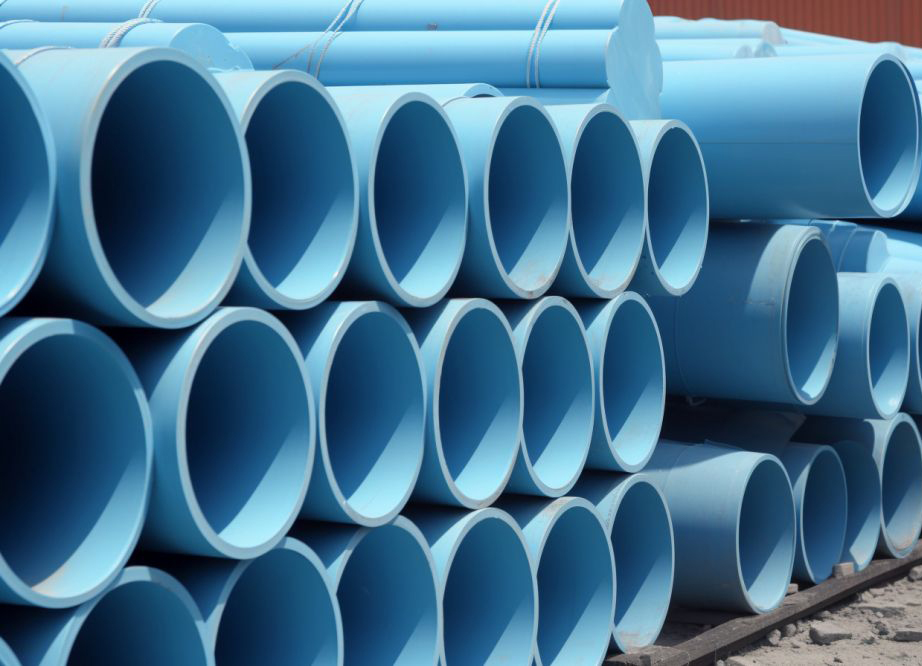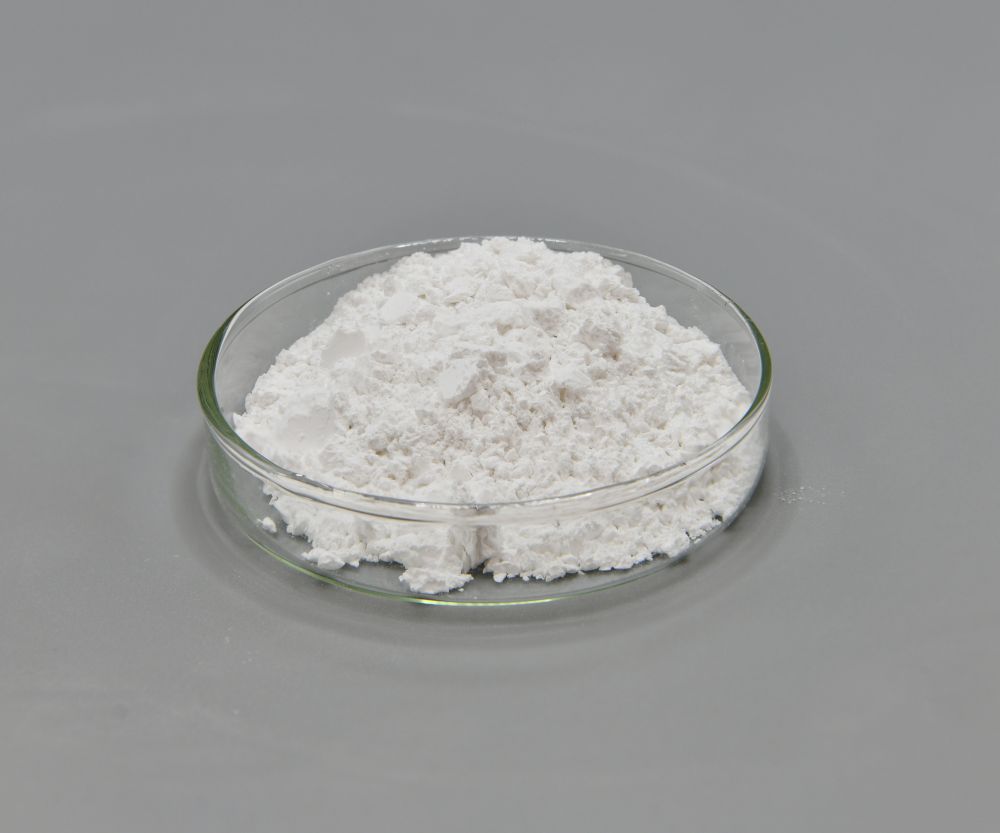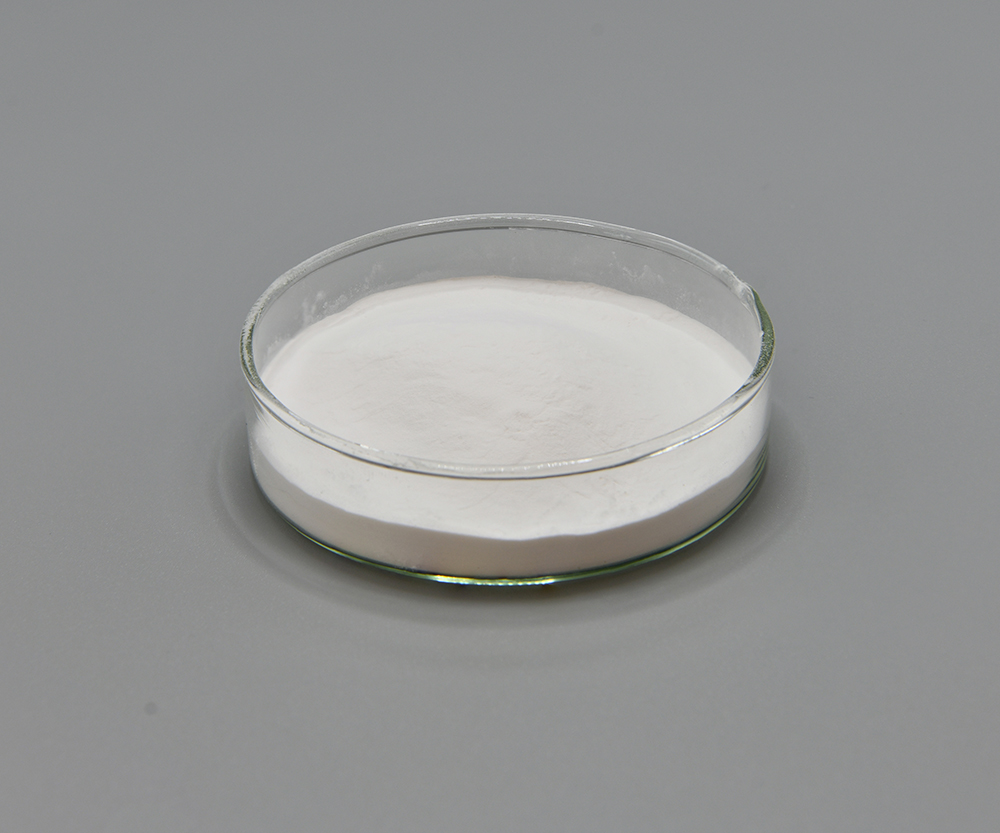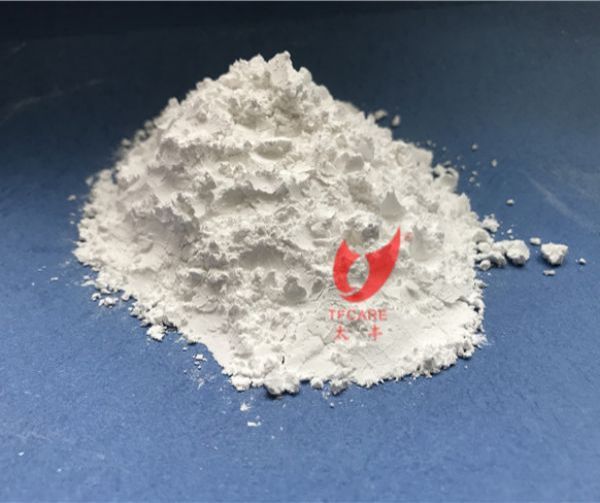Principle
In recent years, there has been a growing concern about the environmental and health risks posed by halogen-based flame retardants used in plastics. As a result, non-halogen flame retardants have gained popularity due to their safer and more sustainable characteristics.
Halogen-free flame retardants work by interrupting the combustion processes that occur when plastics are exposed to fire.

1.They achieve this by physically and chemically interfering with the flammable gases released during combustion. One of the common mechanisms is via the formation of a protective carbon layer on the surface of the plastic.
2. When exposed to heat, halogen-free flame retardants undergo a chemical reaction, which releases water or other non-combustible gases. These gases create a barrier between the plastic and the flame, thus slowing down the spread of fire.
3. The halogen-free flame retardants decompose and form a stable carbonized layer, known as char, which acts as a physical barrier, preventing the further release of flammable gases.
4. Moreover, halogen-free flame retardants can dilute the combustible gases by ionizing and capturing free radicals and volatile flammable components. This reaction effectively breaks the chain reaction of combustion, further reducing the intensity of the fire.
Ammonium polyphosphate is a phosphorus-nitrogen halogen-free flame retardant. It has high flame retardant performance in plastics with non-toxic and environmental feature.
Plastics Application
Flame retardant plastics like FR PP, FR PE, FR PA, FR PET, FR PBT and so on are commonly used in the automotive industry for car interiors, such as dashboards, door panels, seat components, electrical enclosures, cable trays, fire resistance electrical panels, switchgears, electrical enclosures, and transporting water, gas pipes


Flame retardant standard (UL94)
UL 94 is a plastics flammability standard released by the Underwriters Laboratories (USA). The standard classifies plastics according to how they burn in various orientations and part thicknesses from the lowest flame-retardant to most flame-retardant in six different classifications.
|
UL 94 Rating |
Definition of Rating |
|
V-2 |
Burning stops within 30 seconds on a part allowing for drops of vertical flammable plastic. |
|
V-1 |
Burning stops within 30 seconds on a vertical part allowing for drops of plastic that are not inflames. |
|
V-0 |
Burning stops within 10 seconds on a vertical part allowing for drops of plastic that are not inflames. |
Referred Formulation
|
Material |
Formula S1 |
Formula S2 |
|
Homopolymerization PP (H110MA) |
77.3% |
|
|
Copolymerization PP (EP300M) |
77.3% |
|
|
Lubricant(EBS) |
0.2% |
0.2% |
|
Antioxidant (B215) |
0.3% |
0.3% |
|
Anti-dripping (FA500H) |
0.2% |
0.2% |
|
TF-241 |
22-24% |
23-25% |
|
Mechanical properties based on 30% addition volume of TF-241.With 30% TF-241 to reach UL94 V-0(1.5mm) |
||
|
Item |
Formula S1 |
Formula S2 |
|
Vertical flammability rate |
V0(1.5mm |
UL94 V-0(1.5mm) |
|
Limit oxygen index(%) |
30 |
28 |
|
Tensile strength (MPa) |
28 |
23 |
|
Elongation at break (%) |
53 |
102 |
|
Flammability rate after water-boiled(70℃, 48h) |
V0(3.2mm) |
V0(3.2mm) |
|
V0(1.5mm) |
V0(1.5mm) |
|
|
Flexural modulus (MPa) |
2315 |
1981 |
|
Meltindex(230℃,2.16KG) |
6.5 |
3.2 |













